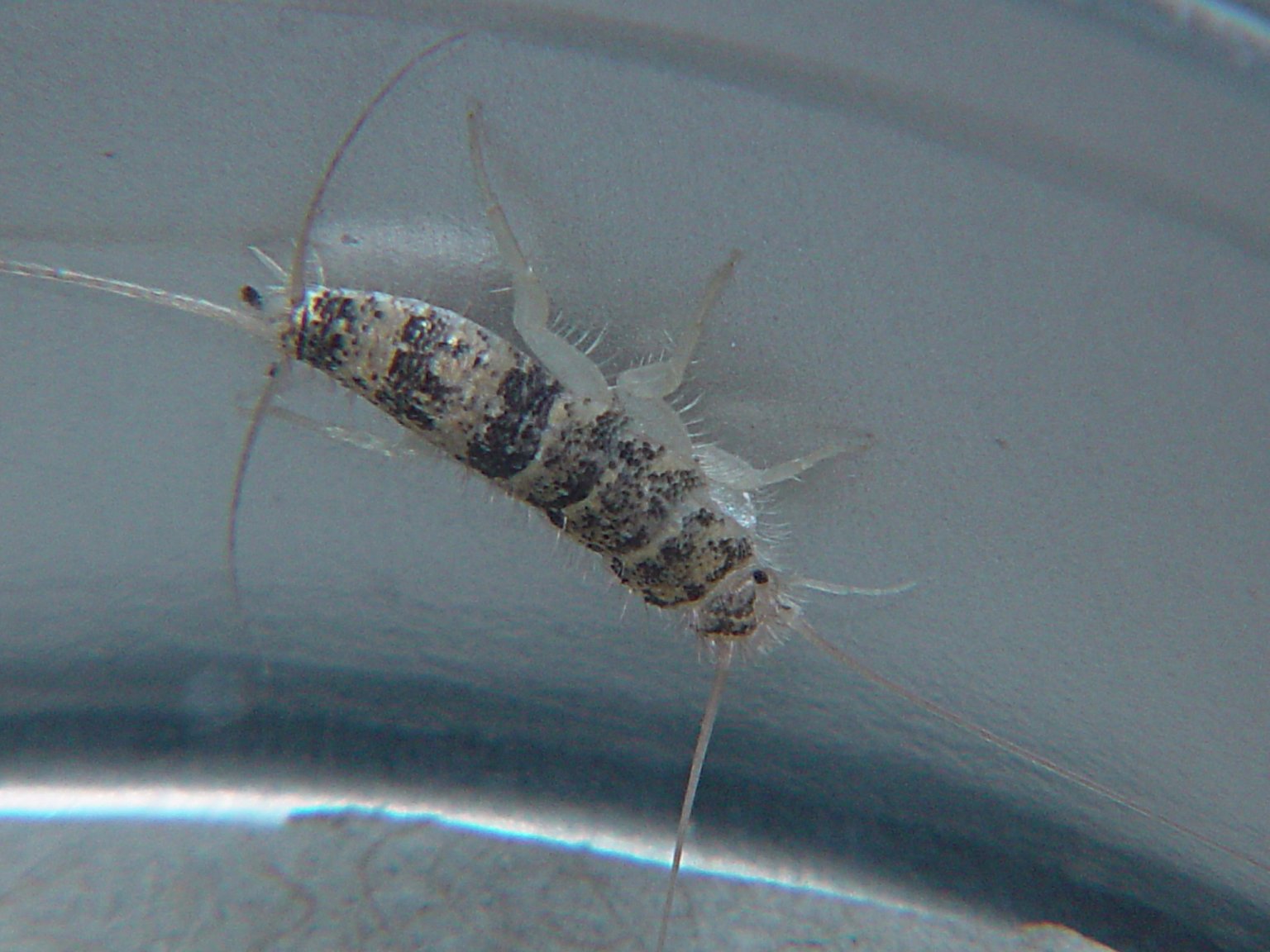
Adaptations
Thermobia domestica's adaptability is evident by
their wide distribution and symbioses with other species
Chitinous exoskeleton – The firebrat has a protective exoskeleton called the cuticle. The cuticle is made of a thin epicuticle and an inner procuticle. The entire cuticle is composed of proteins, lipids, and chitin. Chitin is a nitrogenous polysaccharide that is used in all Arthropod exoskeletons. The exoskeleton offers lightweight, flexible protection without sacrificing mobility. The tough outer covering also protects against dehydration because the covering is insoluble in water. Since the exoskeleton imposes limiting conditions upon growth, the cuticle is shed (molted) often for the purposes of growth and also reproduction (Hickman et al. 2009).
Segmentation and appendages – The metamerism (body segmentation) specializes each segment for specific tasks. The jointed appendages are great for the swift, rapid movement the firebrat is capable of; and they are also adapted with sensory hairs (Hickman et al. 2009). Also their antennae are specialized to aid them in sensing their environment.
Developed sensory organs – Firebrats have reduced compound/mosaic eyes that serve them well in visualizing light and food, as well as helping in predator evasion. Their antennae and three tail-like appendages act as mechanoreceptors linked to giant interneurons that benefit the firebrat well in predator evasion (Edwards & Reddy 1986). The antennae also have thermoreceptors that give rise to the thermal discrimination that is apparent in the firebrat (McIver & Harwood 1966).
Complex Behaviors – Most of what the firebrat does is innate (unlearned), or they are hard-wired for certain behavior patterns. One of their most prominent behaviors is their mating ritual.
Osmoregulation - The firebrat’s ability to intake water through a thin cuticle lining its rectum is necessary for osmoregulation (Davies 1988). While their cuticles were designed to combat water loss, this cuticle is able to take up water from the sub-saturated atmosphere (Okasha 1971).
Other interesting adaptations – Nymphs and adults alike have been known to be cannibalistic (Adams 1933). Cannibalism may help a species survive through tough times or when food is scarce. Also the insects’ symbiont with human has helped the firebrat adapt to colder regions where they would be unable to survive otherwise. Other adaptations that have aided in the firebrat's success are aspects of life events; such as age of sexual maturity, reproductive lifespan, and their amount of offspring. The amount of time it takes for a firebrat to go from egg to a reaching sexual maturity can take only two to four months and they can produce up to fifty eggs per oviposition (IPM 1998). This increases the firebrat's ability to increase its population fairly quickly permitting the right conditions.